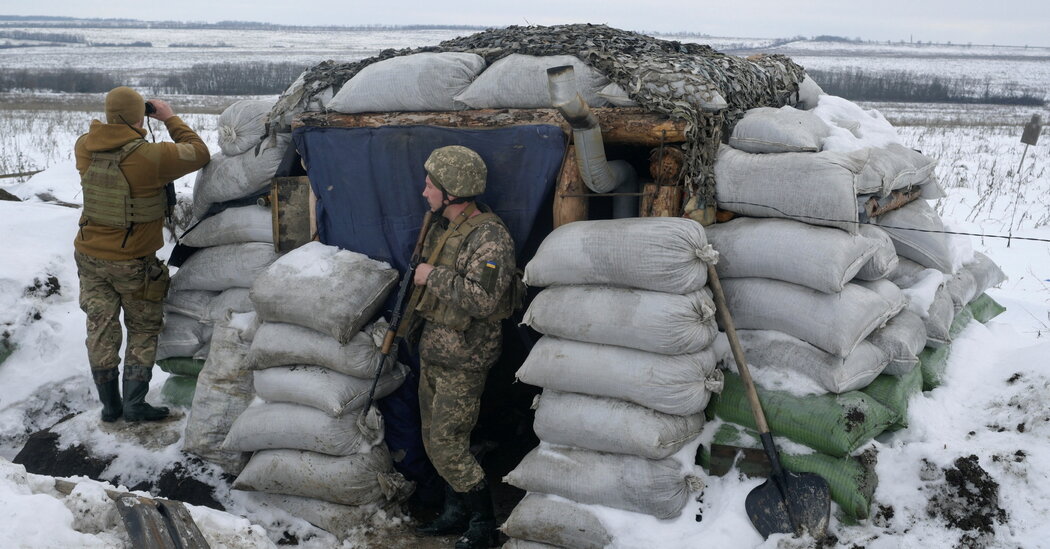
The cell is attempting to tailor responses to the many types of attacks that could unfold in the next few weeks, from cyberattacks aimed at crippling Ukraine’s electric grid and pipelines to the seizure of small or large amounts of territory.
Intelligence officials said recently that they thought the least likely possibility was a full-scale invasion in which the Russians try to take the capital, Kyiv. Many of the assessments, however, have explored more incremental moves by Mr. Putin, which could include seizing a bit more land in the Donbas region, where war has ground into a stalemate, or a land bridge to Crimea.
Several officials familiar with the planning say the administration is looking at European nations that could provide more aid to support Ukrainian forces before any conflict, as well as in the initial stages of a Russian invasion.
Lt. Col. Anton Semelroth, a Defense Department spokesman, noted in December that the United States had already committed over $2.5 billion in security assistance to Ukraine since 2014, including $450 million in 2021 alone. Over the past three months, it has delivered 180 Javelin missiles, two patrol boats, ammunition for grenade launchers, machine guns, secure radios, medical equipment and other items that U.S. officials describe as defensive in nature.
But the planning cell is considering more lethal weaponry, such as antiaircraft weapons.
After visiting Ukraine last month, Representative Seth Moulton, Democrat of Massachusetts and a former Marine officer, said that in his view, “We need to make any incursion by Russia more painful — Day 1 painful, not six months from now painful.”
“We have a short window to take decisive action to deter Putin from a serious invasion,” Mr. Moulton said in an interview. “I worry our current deterrent tactics are responding to an invasion rather than preventing it.”
One option likely to be discussed at NATO this coming week is a plan to increase, possibly by several thousand, the number of troops stationed in the Baltics and in Southeast Europe.



